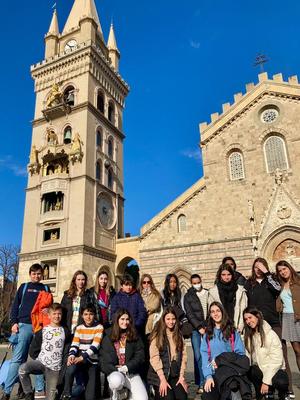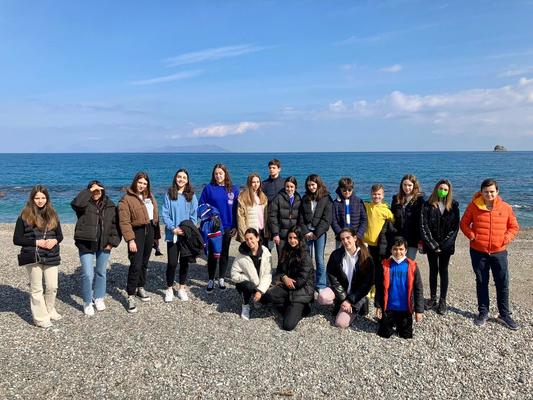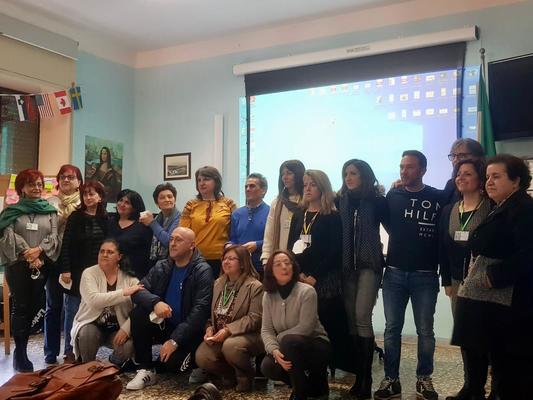Spain, Italy and Romania took part in a community project of Inclusion and Equality.
They participate in the Erasmus Plus program with Primary and Secondary students, and during a week Romanian and Spanish students were in Sicily developing the international part of the joint project.
They traveled to Patti, Italy, as part of the Erasmus+ project "Learning Zones for Inclusion & Equality", (Learning Zones for Inclusion & Equality) in which the center is participating, to meet there with their partners from the Secondary School of Giurgiu, a city located 60 kilometers from Bucharest, in Romania, and the hosts, the Liceo Vittorio Emanuele III of the Sicilian city.
This Erasmus Plus coordinated by the College of Bierzo, which objectives are to break down barriers by creating citizens of a European and global society, to strengthen the knowledge of cultural and historical aspects of other countries to value and respect them, to promote equity, social cohesion, active and tolerant citizenship and welfare through the approach to other cultures, social realities and other countries, and to promote active methodologies based on learning areas, and not so much on conventional content.
After the first mobility that took place last year, which had to be virtual by COVID, we have now been able to make the first exchange trip to Sicily.
After the welcome by the mayor of the city, the project was presented to the community, which opened the beginning of an exciting week for everyone. Romanians and Spaniards presented our centers and the counties in which we are located. In our case, an emotional video of the school opened our presentation. Then, a group of secondary presented the traditions and the most emblematic monuments of each country. Spain finished by dancing to a mix of very popular Spanish songs, which made everyone in the room cheer up with Spanish music. And Romania has its own performance.
During those days they also got to know the historical and cultural environment of the city, followed by a visit to the most important places of interest such as its cathedral or its Roman Villa. They also had time to get to know emblematic places in the surrounding area such as the Sanctuary of Tindari and the Greek theater, or the well-known historical center of the city of Cefalù, where some of the best Byzantine mosaics in the world are preserved.


The visits are authentic master classes in the field, since the students had to make a photographic and video report of the places visited, but with the task of making the images express the emotions they experienced when getting to know the territory and the landscape, for a subsequent group work of the three countries.
They also had time to learn about the economy of the area, where the ceramics sector is especially relevant. They visited a factory where they saw the technology and designs of this industry. The last visit was to the city of Messina.
In summary, this week has been a discovery of different ways of life, different ways of learning and teaching and a better knowledge of the region visited on a social, cultural and historical level.
